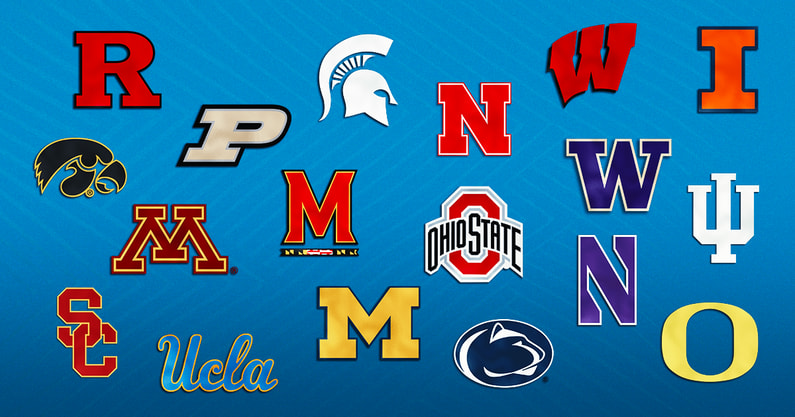College costs continue to increase as the years go on. In fact, according to the National Center for Education Statistics, prices have increased 180% since 1980. Today, with the annual tuition for U.S. colleges and universities averaging approximately $25,000 for in-state public institutions, $44,000 for out-of-state public institutions, and $55,000 for private colleges, it is no wonder that students are seeking scholarships outside of their college’s federal financial aid packages. However, what many prospective college students may not know is that the more outside scholarship funding students receive, the more colleges will reduce financial aid packages originally offered to them. This process is called scholarship displacement and is affecting many college-bound students across the country. PREMINENTE counselors can help students and families navigate the complex financial process of paying for college.
What is Federal Student Aid?
Federal Student Aid covers tuition, fees, housing, food, books, and supplies. Financial aid can also help pay for related costs such as computers and dependent care. Thousands of schools participate in federal student aid programs: https://studentaid.gov/
PREMINENTE counselors advise students on how to navigate the specific policies of their chosen colleges in regard to federal financial aid and outside scholarships.
How is Federal Student Aid Calculated?
Federal Student Aid is calculated through the FAFSA (Free Application for Federal Student Aid) formula. According to the Federal Student Aid website, the amount a student receives goes through a streamlined process that differs depending on specific student information: “The financial aid staff starts by deciding upon your cost of attendance (COA) at that school. They then consider your Expected Family Contribution (EFC). They subtract your EFC from your COA to determine the amount of your financial need and therefore how much need-based aid you can get.” Various factors, from household income, financial investments, dividends, and debt all contribute to the calculation of a student’s EFC. Organizations, like College Board, provide free EFC calculators to help students and their families better understand their expected EFC calculation: EFC Calculator
PREMINENTE counselors, alongside PREMINENTE’s Strategic Partners, help students and their families create tangible strategies to plan for college expenses.
How Scholarship Displacement Impacts Your Need-Based Aid
When a student receives financial support through outside scholarships, colleges include those finances when calculating their expected financial aid award, and that directly impacts and reduces need-based aid. In most cases, students and their families are still expected to pay for their Expected Family Contribution on top of those losses.
According to an article published on Money.com, “…it usually affects students who receive need-based financial aid, but it can affect merit scholarships too.” This is disheartening to hardworking students who seek scholarships to help pay for college. Critics believe that it sends the message that the more scholarships and accolades you are awarded, the less financial aid you will actually receive.
This leaves many students wondering if applying for scholarships is the right move. According to the same article, experts agree that, yes, scholarships are extremely beneficial to those seeking financial assistance when paying for college, and that scholarship displacement should not deter students from applying for scholarships.
In recent years, five states have banned scholarship displacement altogether, while many colleges continue to adjust federal financial aid based on outside scholarship contributions. If you are feeling unsure about how to attain a scholarship or how scholarship displacement may affect you and your financial aid package, read more at our blog post highlighting best practices and resources for accessing scholarships, and reach out to a PREMINENTE counselor today to discuss how you can optimize your financial support.


